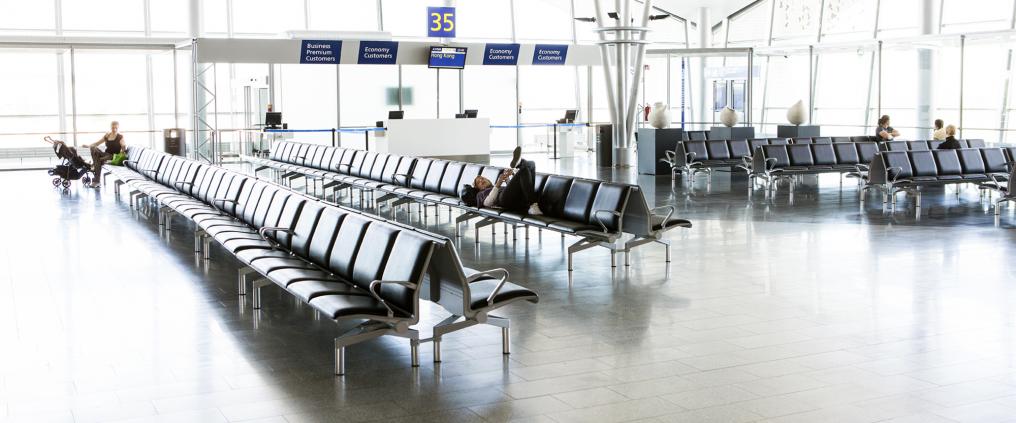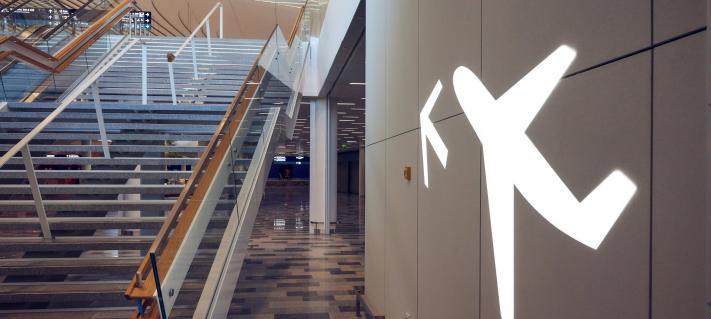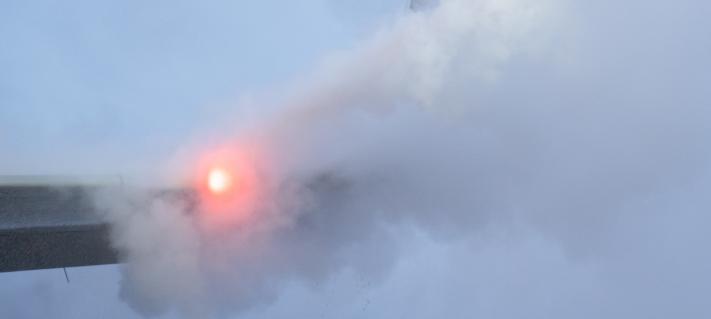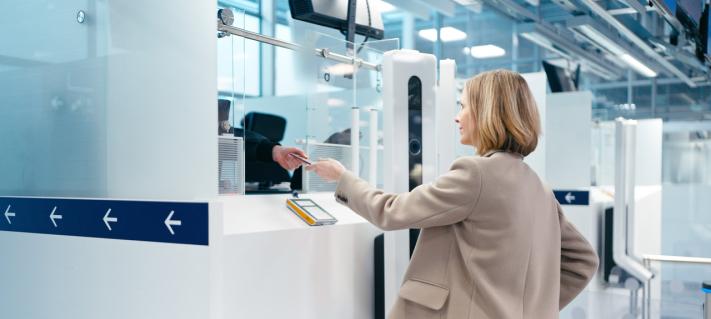It’s fair to say that for many, flying serves a purely functional purpose. It’s a means of getting from place A to place B, for which an economy class ticket will suffice. But have you ever wondered what you’re missing out on? What you would be paying for if you upgraded to business class?
Each airline is unique and a lot depends on the route you are flying. As you filter through the different classes on offer, you’ll find that the terminology varies between airlines – you’ll come across economy, economy plus, premium economy, business and first class. Economy and business classes remain the most popular, and industry experts explain why.
Economy
“One thing that probably all airlines have in common is that the seat comfort rises with each travel class,” explains Mona Sadrowski, Manager of Media Relations Europe, at Lufthansa. Thus, when travelling in economy class, you pay only for the standard seat and legroom.
On continental flights, food and beverage offerings will remain very limited, and on some airlines, non-existent. With many airlines not serving food at all, especially on continental flights, an in-flight meal has gone from being a standard to a luxury. However, meals will obviously be served on longer flights.
On intercontinental flights, personal in-flight entertainment is likely to be offered for passengers travelling in economy class. Most airlines will provide a personal monitor and an array of films, series, games and documentaries to choose from.
Business
Access to airport lounges are complimentary for most business class travelers, as is the use of priority lanes for security checks and boarding. A business class traveler thus gets to experience the perks of exclusivity even before boarding.
Compared to economy class, seats in business class have a greater pitch: they are wider and generally recline more than those in economy.
“Business class seats for long haul flights offer full-flat seats with a bed angle of 180 degrees making the journey even more comfortable, especially for night flights,” says Simon Barrette, Communications Manager at Finnair.
To get your flight off in an even more comfortable way, refreshing amenities such as warm towels and wipes, and pre-flight drinks, are provided by most airlines. You are also in line for a better offering of food and beverages. Meals are luxurious, with famed chefs and sommeliers designing menus.
“For our long-haul flights in business class, customers can try our award-winning wines that complement our Signature Chef menus created by top chefs,” says Barrette.
As with any acquisition, when it comes to buying a plane ticket, money talks.
What kind of traveler are you? Click here to find out.
Compare how much baggage are you allowed to take with you based on the ticket type?



